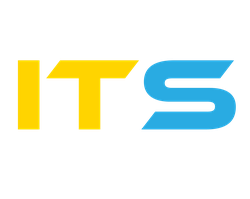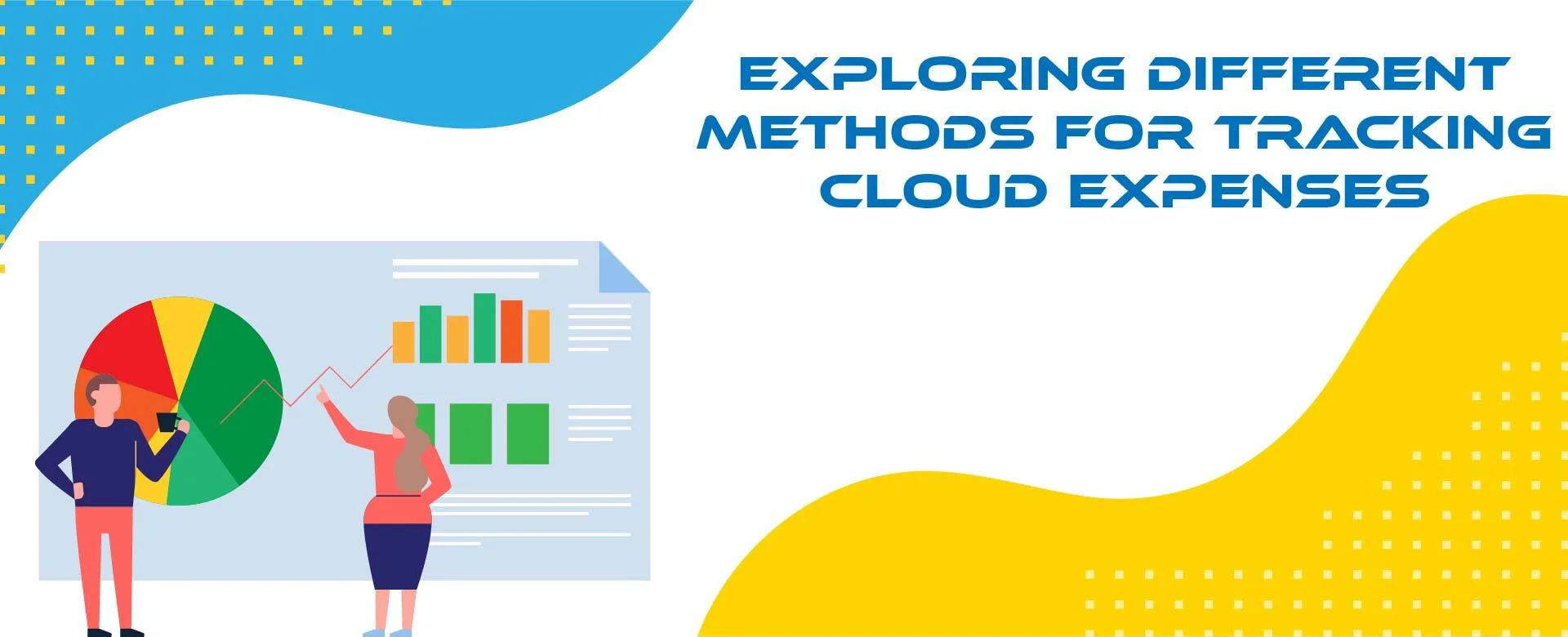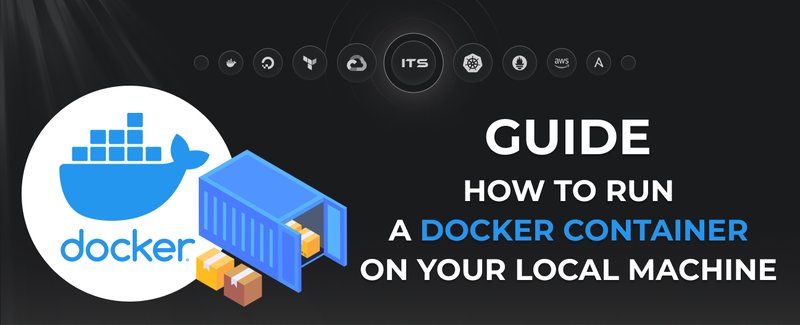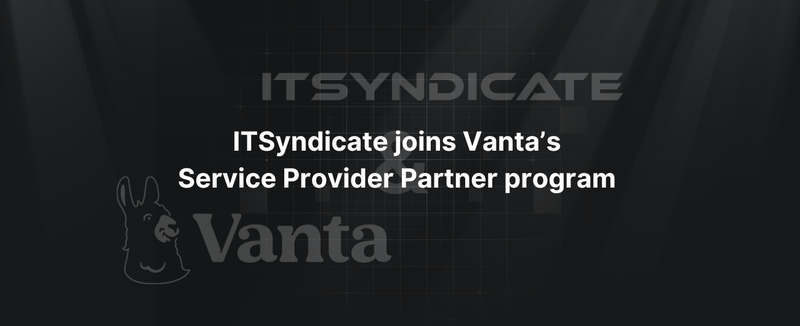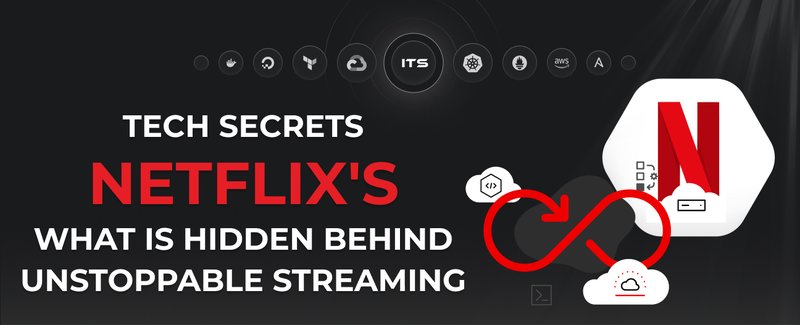Over the last 15 years, there has been a clear trend: businesses are actively migrating to the online space, and it’s hard to imagine a modern company without an Internet presence. Cloud technologies have become not just a part of infrastructure but a key tool for business growth and development, promising convenience, flexibility, operational speed, and cost savings with proper management and optimization.
However, these advantages come with their complexities. Managing and monitoring cloud infrastructure costs is a challenging task many companies face. Difficulties in predicting cloud expenses, finding optimal ways to optimize them, and the risk of unforeseen expenses pose serious challenges for businesses. These problems have created the myth that cloud technologies are inevitably expensive.
This article will explore how to effectively organize the monitoring and management of expenses in the cloud environment, identify the main problems, and offer effective solutions for optimizing cloud costs. Our analysis will show that with the right approach, cloud technologies can become a powerful tool for businesses and a tool for wise savings.
A case study from ITSyndicate: transforming challenges into advantages
Taking the example of one of our clients – a SaaS platform that combines workspaces and messengers into one space – we will demonstrate how our team significantly reduced hosting expenses by using a cost-monitoring tool. After the company lost one of its investors, there was an urgent need to review the expenses, especially on infrastructure and workers. Reducing staff was an undesirable solution as it could slow development and threaten the project's further development.
Based on our experience and best practices, the first step was a detailed analysis of hosting expenses. Under the time constraints for decision-making, we chose CloudZero – a ready-made solution for monitoring and optimizing expenses. This tool ensured rapid integration and helped us deliver client results.
Key implementation stages:
- Integration with AWS: We established CloudZero's access to data through secure APIs, allowing us to start monitoring expenses.
- Resource Tagging Setup: Effective tagging of AWS resources allowed us to track expenses and accurately identify critical areas for optimization.
- Analysis and Optimization of Expenses:
- Instance Types: Detecting and replacing inefficient instance types reduced expenses by $14,876 annually.
- Payment Model: Switching to reserved instances further reduced costs by $31,221 annually.
- Unused Resources and Files: Identifying and eliminating unused resources, configuring backups and logging rotations saved $47,300 annually.
- Transition to Spot Instances: Migrating the test environments and Ci runners to spot instances saved an additional $9,877 annually.
- Setting Budgets and Alerts: Creating budgets for different services and setting up budget overrun alerts allowed us to control expenses more effectively. Integrating alerts into Slack improved the team's awareness and responsiveness.
- Regular Analysis and Review of Reports: Continuous monitoring of spending trends and analyzing resource utilization efficiency helped make informed decisions about scaling and managing cloud infrastructure.
Results
Although CloudZero is a paid solution, the speed of its integration and the effectiveness of the results justified the investment. Our work helped the client survive a difficult period without reducing the developer staff, accelerating the project's development and leading to even greater success. This case demonstrates that proper management and monitoring of cloud expenses help to cope with short-term financial challenges and lay the foundation for the long-term development and prosperity of the business.
Comparing cloud cost monitoring approaches: FinOps – philosophy and practice
FinOps is more than just a term; it's a philosophy of managing costs in the cloud environment that combines financial, operational, and technical aspects to maximize the value of every dollar spent in the cloud. It's about balancing cloud services' speed, cost, and quality.
Using native AWS tools and customized solutions
Using AWS tools allows for fundamental analysis and cost management. However, a unique feature of ITSyndicate has been the usage of customized scripts, which have enabled us to integrate more deeply with business processes and tailor monitoring to the individual needs of our projects with no additional fees for third-party tools. Below, we will examine several native AWS tools that can help you automate the process of monitoring expenses:
- AWS Tagging and scripts for tag management: effective tagging is the cornerstone of infrastructure. It helps to determine and group resources for easier management and monitoring. Thanks to tagging, you can understand the costs of each environment, the cost of each team, the application, and so on.
- AWS Cost Explorer and report automation: this service offers an in-depth analysis of expenses. Automated reports can be integrated with project management systems or communication platforms, ensuring timely responses to price changes. Cost Explorer also offers forecast usage up to 12 months based on previous usage.
- Amazon CloudWatch and automation for unused resources: CloudWatch tracks resource usage and performance of your services. Scripts and notification services can automate notification processes for unused or underutilized resources. This way, you can clear all non-used resources in time and save.
- AWS SNS for notification automation: SNS is an effective tool for sending notifications about expenses-related critical events.
- AWS Lambda for automatic optimization: Lambda allows for the automation of various tasks, including resizing instances or stopping unused resources to reduce costs. As an example, Lambda service is used for AWS Instance Scheduler.
- AWS Trusted Advisor and cost anomaly detection for resource optimization: these tools provide valuable recommendations based on ML algorithms. Lambda or scripts can automate the application of these recommendations to increase efficiency.
So, we have explored several examples of simple and almost free tools. Find out how they can help build a powerful system for monitoring and managing cloud resource expenses. Combined with scripts and AWS services, these tools will help control the budget and increase resource utilization efficiency.
It's important to remember that successfully implementing such a system requires a deep understanding of AWS's technical aspects and the financial principles of managing cloud expenses. Regular updating and adaptation of scripts and policies in response to changes in cloud services and AWS pricing will also be a key factor in maintaining system efficiency.
Ready to use solutions for expense monitoring
Services like CloudZero offer a comprehensive approach to monitoring and optimizing expenses on cloud services. The main advantage of these solutions lies in their speed of integration and ease of use. Such tools provide a unified management center for monitoring expenses, offering additional optimization recommendations and clear graphics.
Key functional features:
- Convenient Interface and Unified Overview: A centralized view of expenses facilitates easy tracking and analysis of financial flows, simplifying budget management.
- Automated Reports and Forecasts: The ability to generate detailed reports automatically and predict future expenses aids in planning and strategic management.
- Optimization Recommendations: Receiving recommendations based on resource usage analysis helps identify inefficient areas and optimize costs.
- Integration with Various Hosting Providers: The ability to integrate with various cloud services and platforms for collecting expense data.
- Easy to go: Short time for set up, and almost everyone can configure the system.
- Mobile Access and Notifications: The ability to receive notifications and access expense information via mobile applications.
- Integration with Project Management Systems: The capability to integrate with project management tools to ensure a unified ecosystem for monitoring and optimization.
You should note that such solutions are paid, and their cost usually depends on the size of your infrastructure and hosting expenses. The larger the cloud resources you use, the higher the cost of such a service may be.
In some cases, for example, when rapid and effective expense optimization is required, as in our case with a client, investing in such services is justified. They provide instant access to in-depth analysis and optimization tools, which can be critically important for quick response to financial challenges.
Comparative analysis: choosing the approach
We have examined several approaches to managing and monitoring expenses, each one with its advantages and disadvantages. Understanding these aspects is vital for choosing the most suitable tool that meets the needs of your business.
AWS Tools and customized solutions:
Advantages:
- Direct integration with AWS cloud infrastructure.
- No additional costs for using third-party solutions.
- Flexibility in customization to meet specific business requirements.
- The ability for deep integration with business processes.
- Increased efficiency through automation and personalization.
Disadvantages:
- Time and resources required for development and support.
- There is a need to develop additional customized scripts for extended functionality.
- The necessity for highly skilled developers.
Ready-made monitoring solutions
Advantages:
- Quick integration and ease of starting use.
- Extensive analytical and forecasting capabilities.
- User-friendly interface and detailed reports.
Disadvantages:
- Additional costs for subscription or licensing.
- Possible limitations in integration with non-standard infrastructure solutions.
- Inability to add new functionality.
Factors to consider when choosing an approach:
- Size and Complexity of Infrastructure: Large and complex environments may require more advanced solutions, such as third-party services.
- Budget: It's important to consider both initial costs and long-term expenses for support and development of tools.
- Resources and Expertise: The availability of internal resources and knowledge for developing and supporting customized solutions.
- Reporting and Analytics Requirements: The complexity and depth of analysis needed for managing expenses.
Economic efficiency: assessing savings
Our experience shows that effective management of cloud resource costs not only reduces direct expenses but also contributes to improving the overall performance of the system. Monitoring and analyzing expenses help identify and eliminate inefficient practices and pinpoint areas for growth and optimization.
Implementing a system for monitoring cloud service expenses is a key step toward budget optimization and enhancing the project's economic efficiency. Effective cloud cost management can lead to significant savings, but how do you assess this potential and choose the most suitable approach?
Assessing potential savings
- Analysis of current expenses: The first step is a detailed analysis of current expenditures on cloud resources. This helps to identify inefficient resource use and opportunities for optimization. You can observe this point by using the hosting provider's billing functionality.
- Predicting the impact of optimization: After analysis of your current spending, you need to identify areas for improvement. You can go through this question list and ask yourself:
- What payment model do you use? If you use an on-demand model, it’s trigger.
- Do you have a rotation of files and backups in your account? If not, it’s a trigger.
- Do you use optimized types of instances? Too large instances are often raised, and resources are idle.
- How long have you been developing your product? Over the years of development, a lot of garbage could accumulate. It is necessary to monitor this and carry out cleaning.
- Does your team use resources and support environments 24/7, or is there a window in which no one is working on the project? If your team only works during business hours, you can turn off unused resources during non-working hours.
If very roughly, each item will save you about 15% of your budget. In this way, you can calculate the approximate savings from implementing monitoring and further optimization.
- Comparing scenarios: Comparing current expenses with those projected after optimization gives an insight into potential savings.
The importance of expense monitoring
- Transparency and control: Regardless of the chosen monitoring tool, it provides transparency and control over expenses, which is key to reducing them.
- Making informed decisions: Regular monitoring and analysis of expense data allow for making informed decisions about scaling and optimizing resources.
- Adaptability to changes: In a dynamic cloud environment, where technologies and prices are constantly changing, monitoring enables prompt adaptation to new conditions and optimization of expenses.
Implementing a system for monitoring and managing cloud expenses is not just a measure to cut costs; it's a strategic tool that enhances the overall effectiveness and competitiveness of a company. It's an investment in a sustainable future for your business, ensuring flexibility, adaptability, and financial efficiency.
Conclusion: optimizing expenses and path to efficiency
Technology plays a central role in the life of any business, and managing costs becomes a key factor in success. Effective cloud cost management requires the right choice of tools and strategies and the application of best practices and approaches.
Regardless of the chosen strategy and tools, the presence of qualified specialists is central to optimizing expenses. Experts with deep knowledge of cloud technologies and financial management play a key role in effective cost management.
At ITSyndicate, we combine deep technical knowledge and experience in financial management to offer our clients customized cloud cost management solutions. Our team of qualified engineers and analysts is ready to help your business reduce costs and improve cloud resource utilization's overall performance and efficiency.
Implementing an intelligent strategy for cloud cost management is not just a way to reduce expenses; it's a strategic investment in the future of your business. ITSyndicate is ready to be your reliable partner on this journey.
Docker commands and Dockerfile usage for running containers on a local machine
Docker commands and Dockerfile usage for running containers on a local machine
Netflix tech stack for powering streaming backend and cloud solutions
